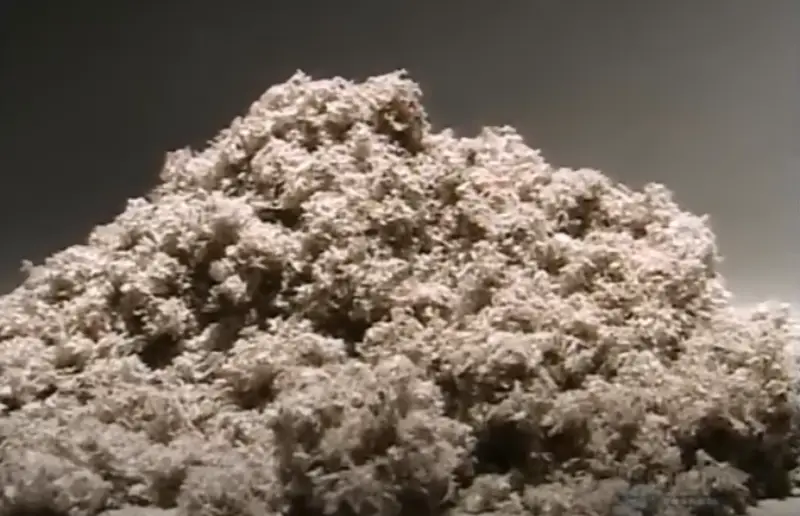What is Cellulose Insulation and How Does It Work?
Cellulose insulation is a type of insulation material that is made from recycled paper fibers treated with fire retardants and additives to enhance its performance. It is installed in the walls, floors, and attics of buildings to provide thermal insulation and improve energy efficiency.
The installation process typically involves blowing or spraying the cellulose insulation into the desired area, where it settles and forms a dense layer. The fibers interlock and create small air pockets, which effectively reduce heat transfer and prevent air leakage. This insulation method helps to keep buildings cooler in the summer and warmer in the winter, minimizing the need for excessive heating or cooling. Additionally, cellulose insulation is known for its sound absorption properties, reducing noise transmission and creating a more comfortable indoor environment.
The Environmental Benefits of Choosing Cellulose Insulation
Cellulose insulation offers significant environmental benefits that make it a popular choice among homeowners and builders. One of the key advantages is its sustainability. Made from recycled paper products, cellulose insulation helps reduce the demand for virgin materials and lessens the strain on natural resources. By choosing cellulose insulation, individuals can contribute to the conservation of forests and mitigate the environmental impact of deforestation.
Another environmental benefit of cellulose insulation is its low carbon footprint. The production process of cellulose insulation requires less energy compared to other types of insulation, such as fiberglass or foam. This reduced energy consumption results in lower greenhouse gas emissions, helping to combat climate change. In addition, cellulose insulation is often treated with borate-based chemicals, which act as fire retardants and insect repellents. These treatments are generally considered safe for the environment and help reduce the risk of fires caused by electrical faults or external factors.

Energy Efficiency: How Cellulose Insulation Helps Save on Heating and Cooling Costs
Cellulose insulation is an environmentally friendly and cost-effective way to improve the energy efficiency of your home. Made from recycled paper products, such as newspapers and cardboard, cellulose insulation is a highly efficient thermal barrier that helps to reduce heat transfer. This means that during the winter months, cellulose insulation helps to keep the warm air inside your home while preventing cold air from entering. Similarly, in the summer, it acts as a barrier against the heat, keeping your home cooler and reducing the strain on your cooling system.
The key to the energy-saving properties of cellulose insulation lies in its ability to effectively slow down the transfer of heat through your walls, ceilings, and floors. Its dense structure and high R-value (a measure of thermal resistance) make it much better at resisting heat flow compared to other types of insulation. This means that less heat is lost or gained through the building envelope, resulting in reduced energy consumption. By improving your home’s thermal performance, cellulose insulation can help you save on heating and cooling costs, while also making your living spaces more comfortable throughout the year.
Health Benefits: Cellulose Insulation and Indoor Air Quality
Cellulose insulation offers numerous health benefits, particularly when it comes to improving indoor air quality. Unlike other types of insulation which may release harmful chemicals or particles into the air, cellulose insulation is made from recycled paper and treated with fire retardant. This natural composition helps to minimize the release of volatile organic compounds (VOCs) and other airborne pollutants that can negatively affect respiratory health. By choosing cellulose insulation, homeowners can create a healthier living environment for themselves and their families, reducing the risk of allergies, asthma, and other respiratory issues.
Additionally, cellulose insulation acts as a thermal barrier, reducing the transfer of heat and preventing drafts and air leaks more effectively than other types of insulation. This increased airtightness helps to maintain a more stable indoor temperature, reducing the need for excessive heating or cooling. By minimizing temperature fluctuations and creating a more comfortable living space, cellulose insulation also contributes to improved overall well-being. This can be particularly beneficial to individuals with sensitivities to extreme temperatures or those who suffer from conditions aggravated by temperature changes, such as arthritis.
Comparing Cellulose Insulation to Other Types of Insulation
When it comes to insulation, there are several options to choose from, and one popular choice is cellulose insulation. Cellulose insulation is made from recycled paper products, such as newspaper, that are treated with fire retardants to enhance safety. It is known for its ability to provide excellent thermal insulation, effectively trapping air and reducing heat transfer. One of the advantages of cellulose insulation is its eco-friendliness, as it is derived from recycled materials, making it a sustainable choice for homeowners who are conscious of their environmental impact.
In comparison to other types of insulation, cellulose insulation offers several unique benefits. Firstly, it has a high R-value, which is a measure of thermal resistance. This means that cellulose insulation provides superior insulation properties, helping to keep indoor temperatures stable and reducing the need for excessive heating or cooling. Additionally, cellulose insulation is known for its excellent soundproofing capabilities, making it an ideal choice for homeowners who live in noisy areas or value a quiet indoor environment.
